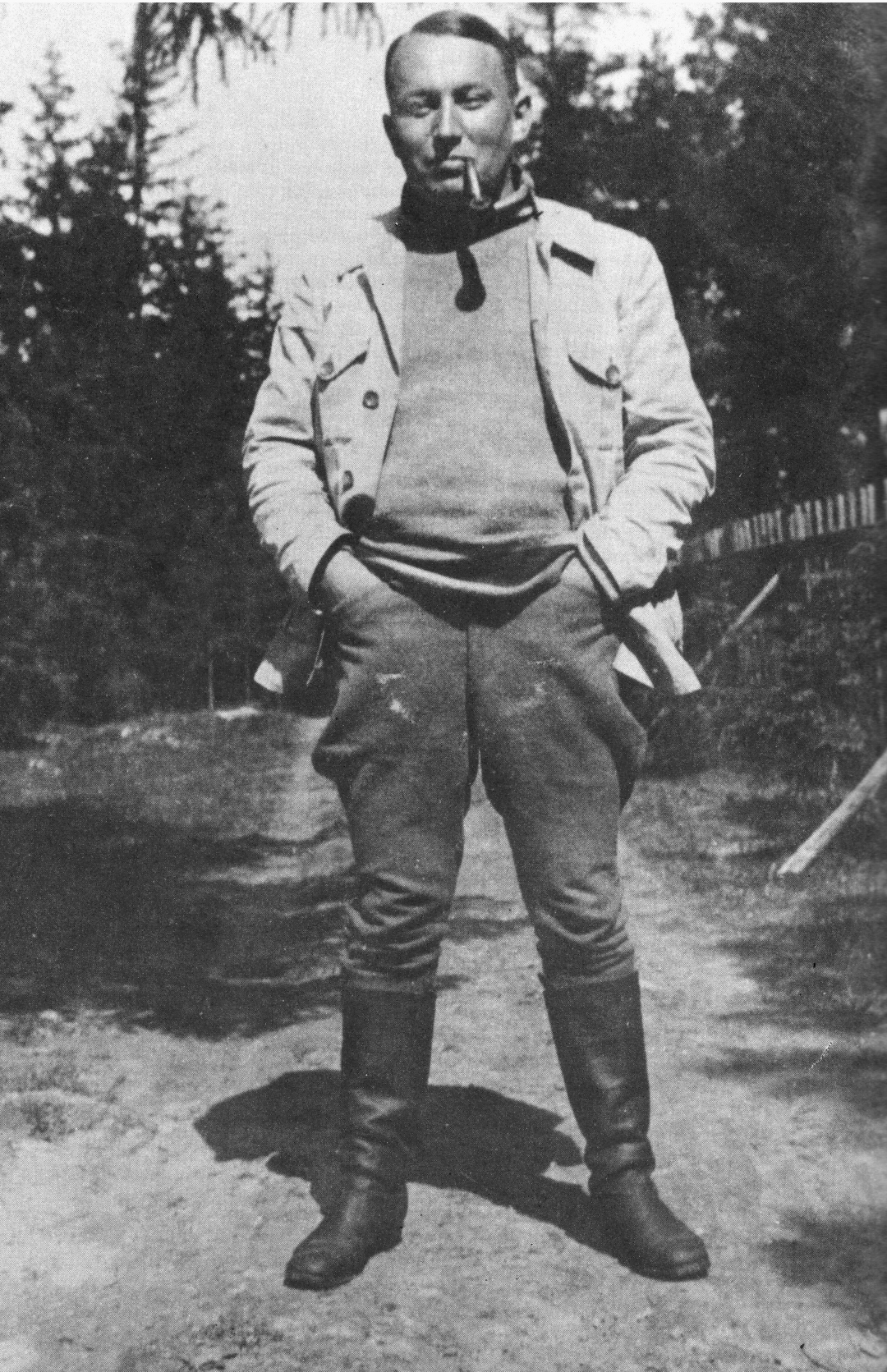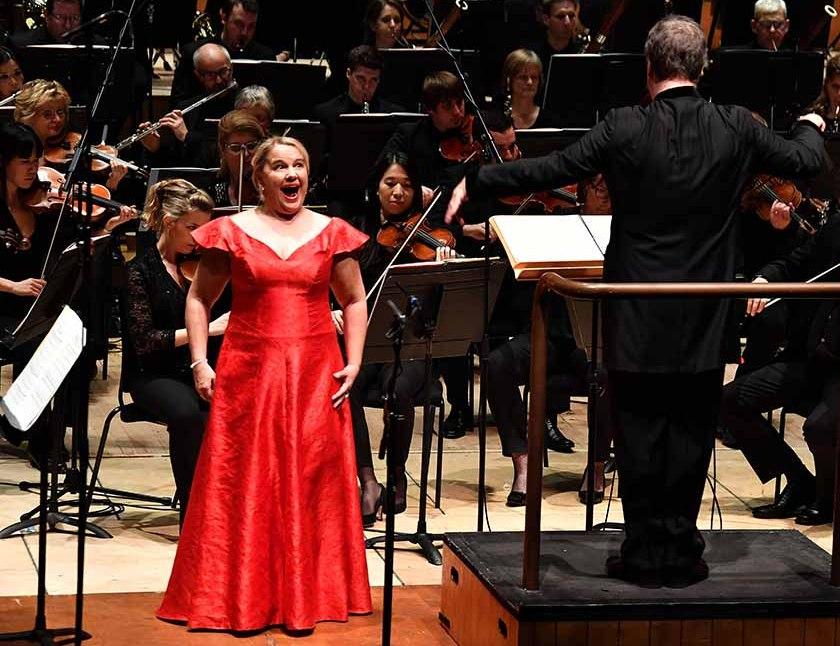Twelfth Night, Epiphany, call it what you will, is one reminder that there's continuity after the turn of the year. Another was Sakari Oramo's final Sibelius-plus concert with the BBC Symphony Orchestra - a predictable triumph given that the previous four were all highlights of 2017, capping, at least for me, the "Rattle Returns" experience. Though an "in the beginning" myth was part of the programme, it seemed odd to start with the end, the miraculous one-movement Seventh Symphony. Still, C major marks a good way to kick off at the Barbican in January.
That said, the symphony is rare, if not unique, in taking the first few minutes to find its feet, tonally speaking. Supremely alert to dynamic and colouristic nuance, Oramo underlined that instability like no other interpreter I've heard; with playing this focused and, when need be, fierce - how the winds hold their own even in the face of the fullest string sound, a hallmark of the series - you're made to feel every tiny earth tremor. And they abound in the Seventh, despite the three times the mountain peak appears in the form of an anchoring trombone solo (Helen Vollam, owning the role as she did, some years ago, the one in Mahler's Third Symphony under the late, great Jiří Bělohlávek). Crucial flexibility included a slow pull-back to the implacable surges at the centre of the symphony and the slow burn - again, miraculous is the only word - from the wail of high violins to the final laying to rest.
Only another masterpiece could follow. Not only is Luonnotar perfect, described by Sibelius as a tone-poem for soprano and orchestra but in essence a 10-minute operatic monodrama of the Finnish creation myth; we also witnessed the definitive performer of the work, soprano Anu Komsi, appearing as the mesmerising tale-teller for the second time in recent years with husband Oramo and the BBC Symphony Orchestra (the first, the conductor's debut with the orchestra, won him his present role, and rightly so). Fine-tuned to the mystical swathes of the work as Luonnotar, daughter of nature, spends 700 years as water-mother and duck eggs hatched on her knee become the firmament, the moon and stars, Komsi also set spines tingling with the cries of the roving duck, white-note sounds of unearthly force, and seemingly ventriloquised to throw her voice into distant parts of the auditorium.
 It was a clever choice to follow Luonnotar after the interval with an obvious successor, Aarre (not to be confused with song-composing father Oskar) Merikanto's Ekho of 1922 (the composer pictured right in the 1920s). This time the soprano is the Narcissus-infatuated girl of Greek mythology. She too cries out, Komsi's magnesium flares this time holding against a colossal orchestral dissonance, before dissolving into the night in another mesmerising coda. The style is the late-romantic lingua franca which makes Merikanto indistinguishable from another second-rank master, Szymanowski, but the lush narrative never outstays its welcome.
It was a clever choice to follow Luonnotar after the interval with an obvious successor, Aarre (not to be confused with song-composing father Oskar) Merikanto's Ekho of 1922 (the composer pictured right in the 1920s). This time the soprano is the Narcissus-infatuated girl of Greek mythology. She too cries out, Komsi's magnesium flares this time holding against a colossal orchestral dissonance, before dissolving into the night in another mesmerising coda. The style is the late-romantic lingua franca which makes Merikanto indistinguishable from another second-rank master, Szymanowski, but the lush narrative never outstays its welcome.
Then it was back to the beginning of the 20th century for the best-loved Sibelius symphony of all, the Second. Trust Oramo and the BBC players to render it fresh, more sinewy than usual, with the wind once again as prominent and nuanced as the strings in the distinctive figures of the concise first movement (another one of many new young faces in the orchestra, oboist James Hulme, has an especially impressive way of filling out the sound at the peak of a phrase). If the clearly-charted dark drama of the second movement - allegedly based on the meeting of Don Juan with the Stone Guest - couldn't eclipse memories of the unique, probably unrepeatable electric force Paavo Järvi and the Estonian Festival Orchestra brought to it in Pärnu last August, Oramo's galvanizing coup came in the finale, with a reeling witches' sabbath of a development to match the one he'd pulled off in the First Symphony back in December, resolved in a brass peroration ushered in by strings truly burning for their conductor.
Though it might have made better sense to finish, rather than begin, the series with the Fifth Symphony - more apt to be measured against the Seventh - the very end certainly justified the means here. And the whole experience of the five concerts has given us not only the most consistently remarkable, alive Sibelius playing I've heard, but also some of the finest music-making London has ever been privileged to witness.
- Broadcast on BBC Radio 3 tonight and then available for a month on the iPlayer
- Read more classical music reviews on theartsdesk














Add comment